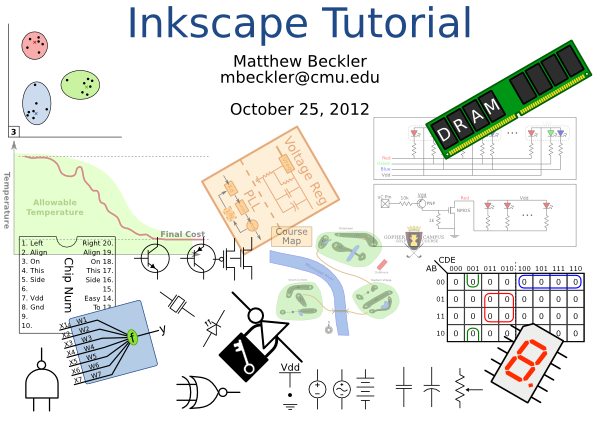At my dayjob I often listen to music while working, and sometimes I’m doing video calls with my team. To help avoid disruption, I put an RGB LED on top of my cubicle wall and wrote a script to update the color based on my activity. Red indicates the camera is active, amber indicates I’ve got music going, otherwise green.
#!/bin/bash
#
# Monitor the camera and audio to set LED color
# if camera active --> RED
# else if audio active --> YELLOW
# else --> GREEN
exec 2> /dev/null
COLOR_OLD="#ABCDEF"
while :
do
COLOR="#00FF00"
if lsof /dev/video0 > /dev/null ; then
COLOR="#FF0000"
else
AUDIO=`pacmd list-sink-inputs | grep -c 'state: RUNNING'`
if [ "$AUDIO" == "1" ]; then
COLOR="#FFAA00"
fi
fi
# Only update blink1 if the color has changed
#echo "\"$COLOR\" vs \"$COLOR_OLD\""
if [ $COLOR != $COLOR_OLD ]; then
echo "Color: $COLOR"
blink1-tool --rgb "$COLOR" > /dev/null
COLOR_OLD=$COLOR
fi
sleep 0.1
done
